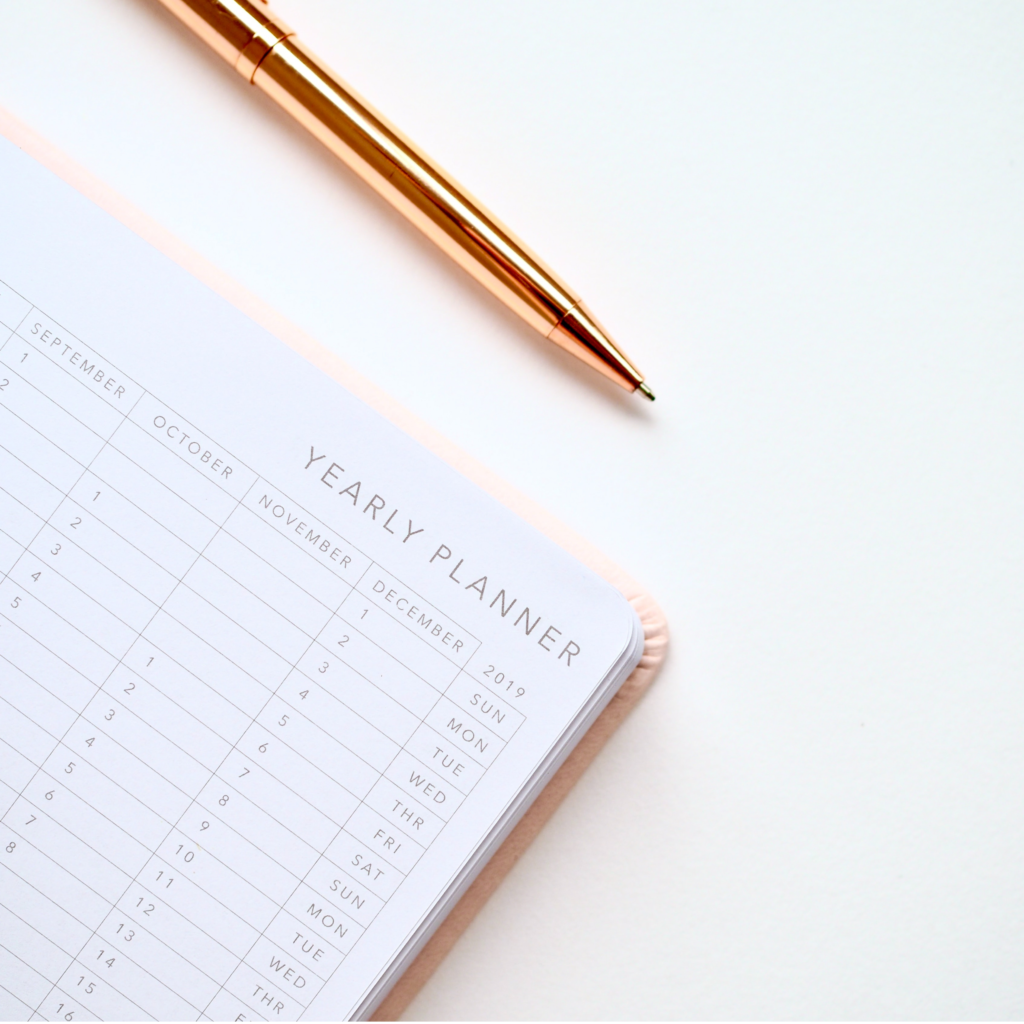
Somewhere along your business journey, I’m sure that either you or someone around you has brought up the question of spending time putting a plan together versus taking action and figuring things out along the way. It seems to be a dichotomy. But it’s not. In the question of plan versus action, the truth is simple: there should be a continuous ebb and flow between planning and taking action.
Entrepreneurs are known for taking quick action, versus traditional corporates where planning, exploring different strategies and ensuring perfection before moving forward is the norm. But neither extreme is the right way forward.
As entrepreneurs, we often come across the advice to “take messy action”. And yes, taking action early on is absolutely necessary. You learn by doing, not by thinking. You validate your business idea, your product/service, your offer, your marketing, your branding and messaging – all of it – by taking action and gathering feedback. But that’s not to say that you should take action without thinking things through.
What goes into planning?
Planning is the first step in your business. When I talk about planning, I don’t mean to immediately jump into a business plan. Nor do I mean anything detailed like a content plan. Initial planning is about getting clarity on your business idea. Initial planning is getting clear on your vision, the problem you’re solving, how you’re going to solve it, the solution you’re providing, who your ideal customers are, and how you’re going to monetize your idea. It involves a lot of research and results in capturing your business idea in the structure or framework of a business model. Again, this won’t be as detailed as after you’ve taken action, but what it does is it allows you to be able to articulate your product or service and create prototypes or beta versions to test and gather feedback on.
What goes into action?
Once you have your business idea, you absolutely should start testing it. If you have a product, gather feedback on it by offering some free samples, or a discounted initial price. If you have a service, begin a beta phase, again either free or at a discounted initial price. In this phase, you are testing your product or service, gathering as much information and feedback about it, and deciding on the changes you will make to it. Your changes will include adding, removing, upgrading and downgrading elements of your product or service. At this point, you will also gather important information on the messaging you will later on use in your marketing. Once you have made the changes, depending on how big they are, you can either test again or move into your launch.
The cycle between the two
Often, we’ll find that there is a cycle back and forth between the two, particularly when the product or service being created is highly innovative. So you’ll do some planning, then move into action, and then go back into planning, then back into action, etc. The reason this happens is because in each cycle, you’ll make changes that are larger compared to if the product or service had already existed in the market. You might, however, still want to go through a second round of planning and action, even if your product or service exists, depending on what it is and how many changes you’re making.
How much time to spend in planning before moving into action
The question of plan versus action is not black and white. It’s a balancing act that you need to figure out for yourself, your business and your product/service. And there are several things that will drive where that point of balance is for you. On top of the questions I suggest below, it’s important to factor in what makes you comfortable. If you prefer to spend a bit more time in planning, then do it! It’s your business and your decision. But always check back to make sure you’re not procrastinating because of a hidden fear driven by a mindset block or a limiting belief.
How innovative is your idea?
The more you’re pushing boundaries, the more you’ll want to get out and test your idea. This might be a bit counter-intuitive, but the reason behind it is that it’s going to be very difficult to find existing data on a product or service that doesn’t exist. So if your product or service doesn’t currently exist in the market, then you’ll need to generate that data yourself. That is why the more innovative your idea is, the more quickly you’ll move onto action. And in this case, your action will consist of prototyping, testing, collecting feedback, making changes as needed and then re-launching. And the faster you can get through these, the more quickly you’ll have a product or service that you can sell.
How many similar businesses are out there (who have already validated your idea)?
If, on the other hand, your product or service exists in some form in the market today (and makes money!), then you will probably spend more time on collecting information that will shape your specific business, your product/service and your offer. And the reason for that is because data exists. So instead of having to go out and generate data and feedback yourself, you can easily leverage the information that is already out there. And you 100% should!
How much is it going to cost to create or set up?
Another factor to consider is how much your new business venture is going to cost you, not just in terms of money, but also in terms of time, resources, and other lost opportunities. If the cost is high, then you’ll most likely want to make sure you have a solid understanding of your customer needs, struggles, likes and dislikes (with regards to your product or service), the value you are providing and how it’s going to solve the problem that your customer has. This is, of course, dependent on whether information exists for you to tap into.
How much time do you have to spend on research and planning before you absolutely must begin bringing in revenue?
Lastly, your planning phase can be stretched out if you already have an existing income stream, are not in a hurry, and would prefer not to hustle and push yourself to get your business idea implemented quickly. I love to see people spend an allocate amount of time to building their business (or a new revenue stream within their existing business) while still working a 9-to-5 job or delivering their existing products and services. The great thing about this is that you don’t stress yourself out, you don’t allow yourself to get overwhelmed and you don’t burn out. The flipside, however, is allowing yourself to take too long or never getting it off the ground.
Plan versus Action
Once you have an idea of where your business idea stands and how much time you should spend on planning before moving into action, you’ll need to figure out just what the planning stage entails and also, what the action stage entails. So it’s time for you to decide – plan versus action? How much time should you spend in each phase to generate the highest benefit for you and your business?
If you found this article helpful, share it with others!


